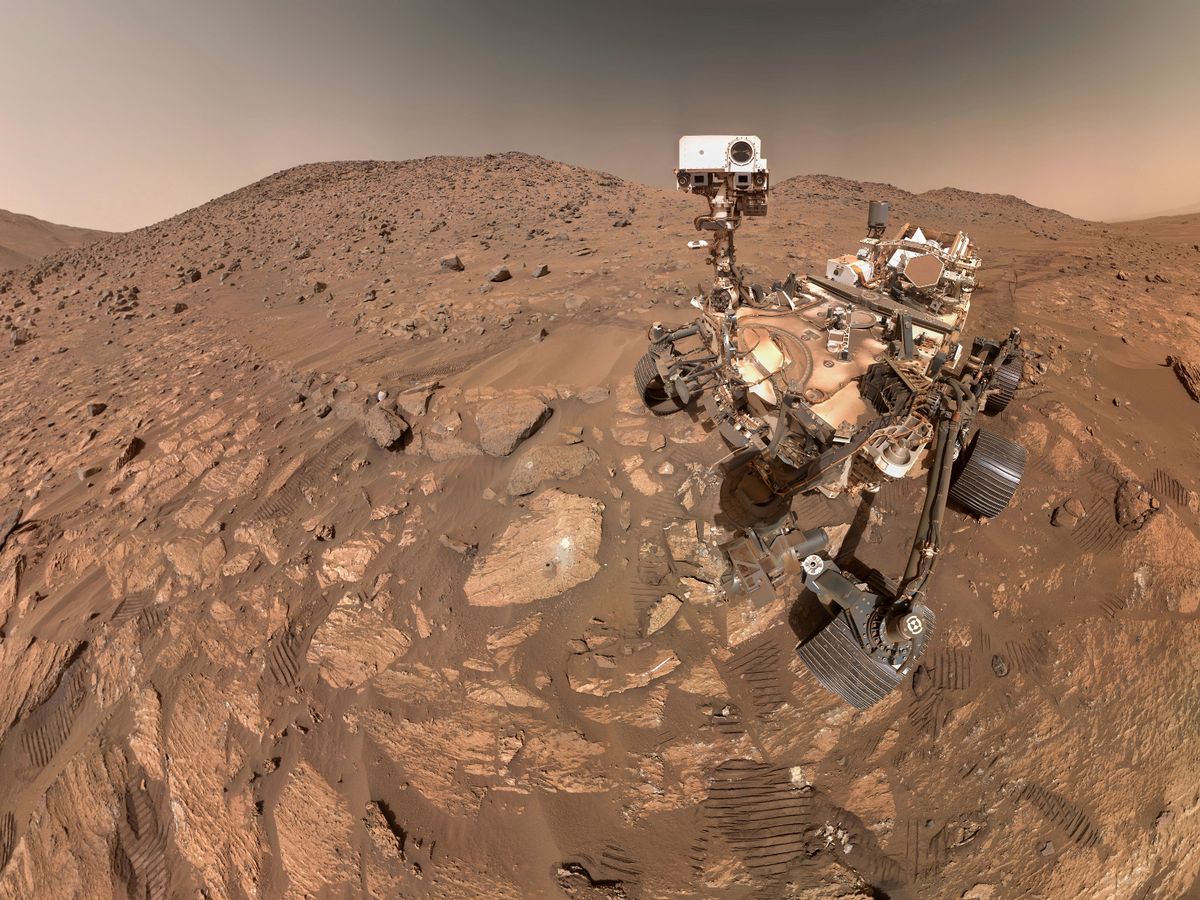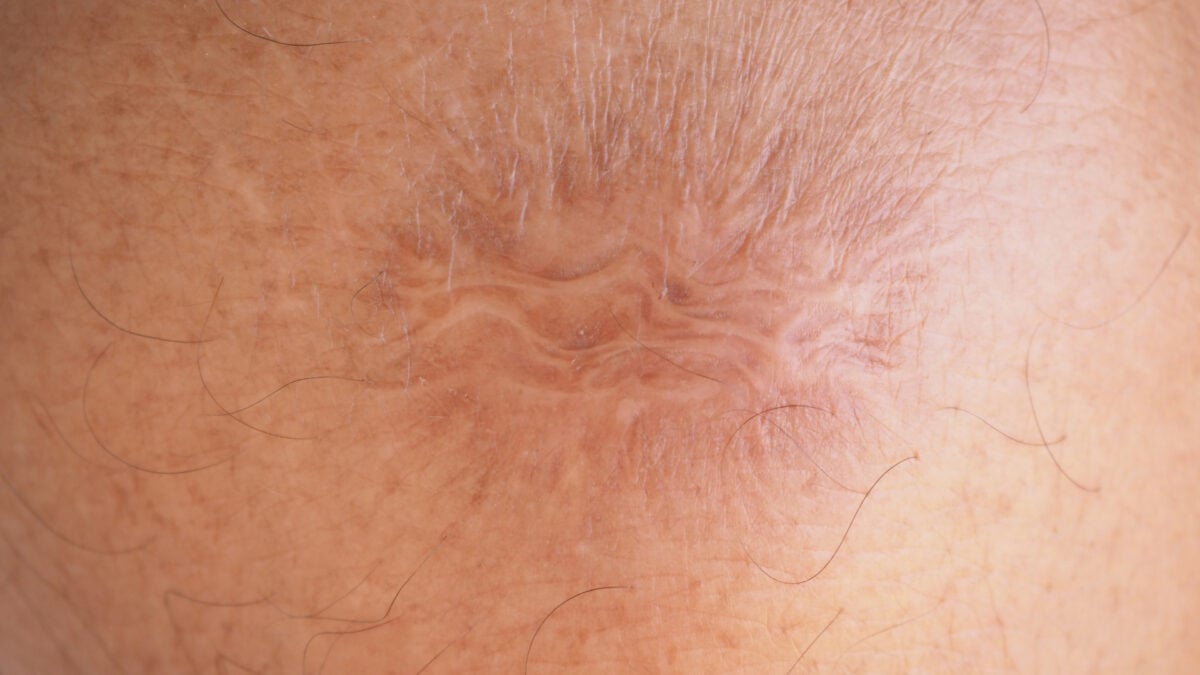By Simon Coyle
Copyright manchestereveningnews

NASA scientists have announced they may have found signs of potential ‘ancient life’ on Mars. During a press conference on Wednesday, scientists announced they had discovered signs of potential ancient microbial life in a rock sample found by NASA’s Perseverance rover. Collected last summer, the sample is from reddish , clay-rich mudstones in Neretva Vallis, a river channel that once carried water into Jezero Crater. This outcrop of sedimentary rock, known as the Bright Angel formation, was surveyed by Perseverance’s science instruments before the drill came out. Along with organic carbon, a building block of life, Hurowitz and his team found minuscule specks, dubbed poppy seeds and leopard spots, that were enriched with iron phosphate and iron sulfide. On Earth, these chemical compounds are the byproducts when microorganisms chomp down on organic matter. The findings appeared in the journal Nature and were then announced by NASA. Acting NASA Administrator Sean Duffy said: “This finding by Perseverance, launched under President Trump in his first term, is the closest we have ever come to discovering life on Mars. “The identification of a potential biosignature on the Red Planet is a groundbreaking discovery, and one that will advance our understanding of Mars. “NASA’s commitment to conducting Gold Standard Science will continue as we pursue our goal of putting American boots on Mars’ rocky soil.” Scientists have been quick to point out that non-biological processes could be responsible. Lead researcher Joel Hurowitz of Stony Brook University told The Associated Press, said: “That’s part of the reason why we can’t go so far as to say, ‘A-ha, this is proof positive of life,. “All we can say is one of the possible explanations is microbial life, but there could be other ways to make this set of features that we see.” He added: “It would be amazing to be able to demonstrate conclusively that these features were formed by something that was alive on another planet billions of years ago, right?” Hurowitz said. But even if that’s not the case, it’s “a valuable lesson in all of the ways that nature can conspire to fool us.” Matthew Cook, Head of Space Exploration at the UK Space Agency, said: “This exciting discovery represents a significant step forward in our understanding of Mars and the potential for ancient life beyond Earth. “The chemical signatures identified in these Martian rocks are the first of their kind to potentially reflect biological processes that we see on Earth and provide more compelling evidence that Mars may have once harboured the conditions necessary for microbial life. “Professor Sanjeev Gupta and his team at Imperial College London, supported through UK Space Agency funding, have made an invaluable contribution to this ground-breaking research, demonstrating the world-leading UK exploration science by leading the establishment of the geological context for the research. “While we must remain scientifically cautious about definitive claims of ancient life, these findings represent the most promising evidence yet discovered. The upcoming Rosalind Franklin Mars rover mission, built here in the UK, will be crucial in helping us answer whether samples similar to those observed in this study represent genuine biological processes, bringing us closer to answering: are we alone in the Universe?” Roaming Mars since 2021, Perseverance cannot directly detect life. Instead, it carries a drill to penetrate rocks and tubes to hold the samples gathered from places judged most suitable for hosting life billions of years ago. The samples are awaiting retrieval to Earth — an ambitious plan that’s on hold as NASA seeks cheaper, quicker options.



